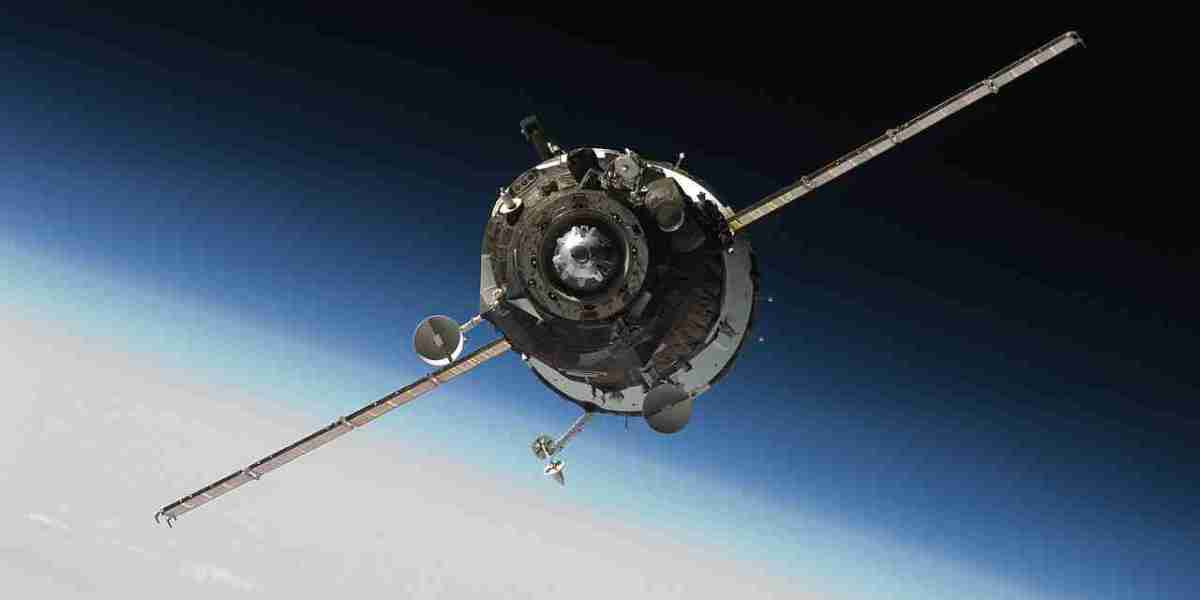The small satellite market is experiencing rapid growth, with small, low-cost satellites playing an increasingly important role in a variety of sectors, including communications, Earth observation, scientific research, and defense. These miniaturized satellites have become essential tools for modern space missions due to their compact size, reduced manufacturing costs, and shorter production timelines. As demand for satellite services continues to rise, manufacturers are focusing on innovative design and manufacturing strategies to provide more affordable and efficient solutions.
Miniaturization and Design Innovation
One of the most significant trends in the small satellite market is the ongoing miniaturization of satellite components. Over the past few years, advances in technology have made it possible to reduce the size and weight of satellite systems while maintaining their performance and functionality. Smaller components, such as lightweight antennas, sensors, and power systems, have enabled the creation of highly efficient small satellites that can perform tasks once reserved for larger, more expensive spacecraft.
Miniaturization allows manufacturers to lower production costs by using fewer materials and reducing the complexity of satellite systems. For example, the development of microelectromechanical systems (MEMS) has led to more compact and cost-effective sensors and propulsion systems. These innovations help to make small satellites not only more affordable but also more versatile, capable of handling a wider range of missions and applications.
Advanced Manufacturing Techniques
Another important trend in the small satellite market is the adoption of advanced manufacturing techniques, including 3D printing and automated assembly. 3D printing, or additive manufacturing, has revolutionized satellite production by enabling the creation of complex components with reduced waste and shorter lead times. This technique allows manufacturers to design and print satellite parts on demand, significantly cutting down the time and costs associated with traditional manufacturing methods.
For instance, 3D printing can be used to create lightweight structural components, antennas, and propulsion parts, which are critical to the overall performance of small satellites. This approach not only reduces material costs but also enables more intricate designs that would be difficult or impossible to achieve through traditional methods. As the technology matures, the scope of its application in satellite design and manufacturing is expected to expand further, making satellites even more cost-effective.
Rideshare and Shared Launch Opportunities
Another significant factor driving cost-effective small satellite solutions is the rise of rideshare and shared launch opportunities. Traditionally, satellite launches have been expensive, particularly for smaller spacecraft that could not fill an entire rocket. However, with the development of rideshare programs, small satellite manufacturers can now share launch space with other payloads, significantly reducing the cost of getting their satellites into orbit.
These rideshare missions allow multiple small satellites to be launched simultaneously on the same rocket, splitting the launch cost among several customers. The availability of rideshare services has made space more accessible to smaller organizations, universities, and commercial entities that may not have had the resources to fund a dedicated launch. As launch providers continue to offer affordable and flexible options, the small satellite market will continue to expand, driving further innovation in satellite design and manufacturing.
Flexible and Scalable Satellite Networks
One of the key advantages of small satellites is their ability to be deployed in large constellations. These satellite networks can provide comprehensive, global coverage for services such as telecommunications, Earth observation, and navigation. The modular and scalable nature of small satellites makes them ideal for such applications, as individual satellites can be added or removed from the network as needed.
Satellite manufacturers are increasingly designing small satellites with the flexibility to operate in constellations, allowing customers to scale their satellite networks to meet growing demands. This trend is particularly relevant in the telecommunications industry, where small satellite constellations are being used to provide internet connectivity to remote and underserved regions. By designing satellites that can work together seamlessly in a constellation, manufacturers are enabling businesses to offer reliable, cost-effective services on a global scale.
Sustainability and End-of-Life Management
As the number of small satellites in orbit continues to rise, the issue of space debris management has become a critical concern. To ensure the long-term sustainability of space activities, satellite manufacturers are increasingly focusing on end-of-life strategies that minimize the environmental impact of defunct satellites.



